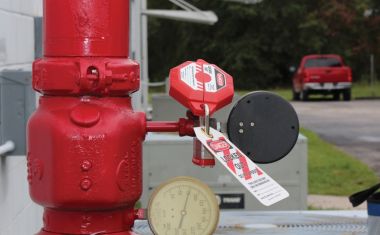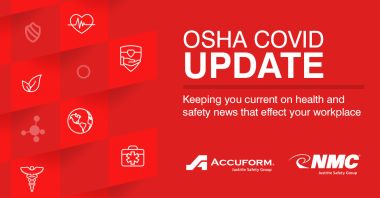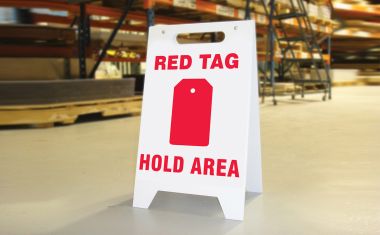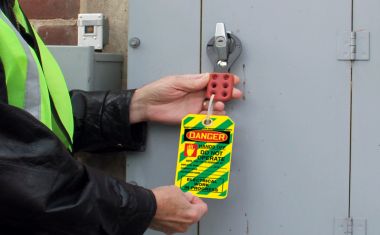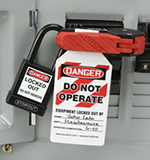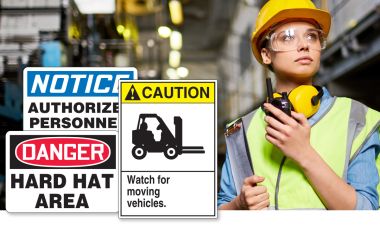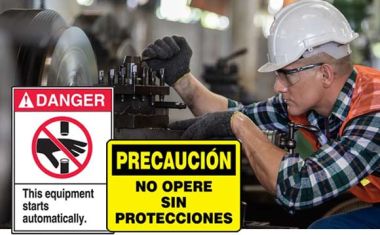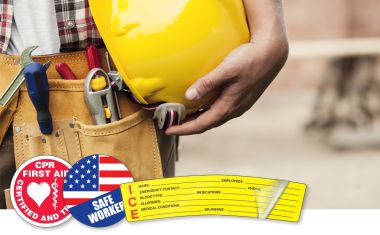Heat Stress - Seasoned Pros Can't Hide from it!
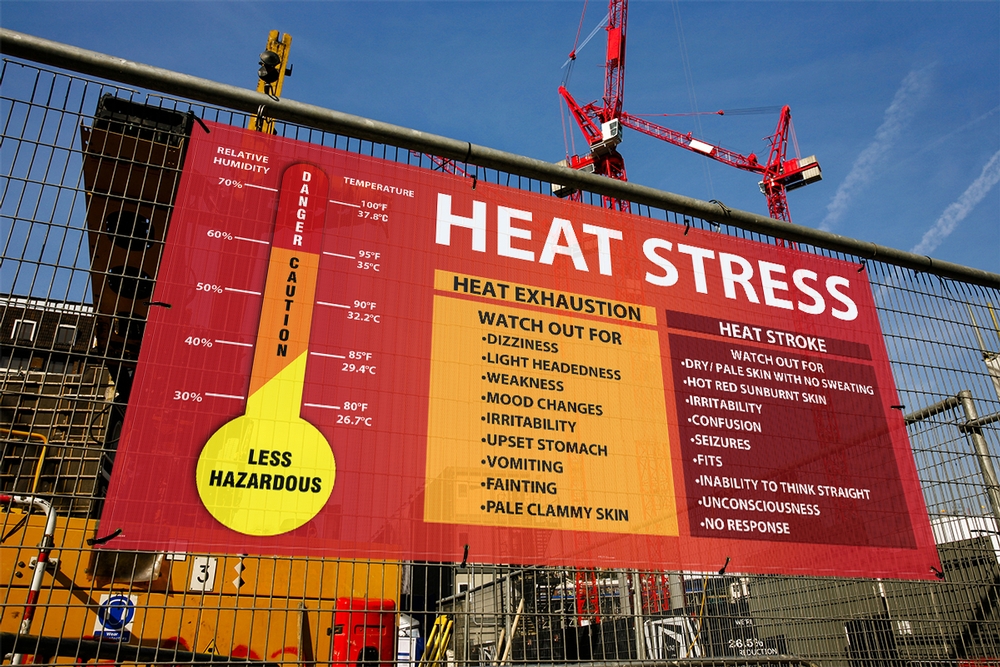
Employers are encouraged to protect workers from heat hazards per OSHA's National Emphasis Program
With the summer months approaching and temperatures rising, knowing how to protect workers from heat-related injuries is crucially important. The Occupational Safety and Health Administration (OSHA) created the National Emphasis Program (NEP) to combat injuries and illnesses related to working in the heat.
The NEP is proactively inspecting workplaces for heat-related hazards in the general industry, maritime, construction, or agriculture operations alleging hazardous exposures to heat.
Employers are encouraged to protect workers from heat hazards by effectively communicating heat safety tips and providing employees access to water, rest, shade, adequate training, and implementing acclimatization procedures for new or returning employees. Extreme heat could increase your body's temperature at a rapid rate, making it hard for workers to cool down. And since humidity increases the heat index, workers also need to understand the heat index chart.
Why is NEP Necessary?
OSHA states that the danger of extreme heat increases each year due to continuing effects of climate change and over 3,500 injuries and illnesses related to heat occur every year.
According to the CDC, heatstroke is the most serious of all heat stressors. Heatstroke occurs when the body becomes unable to control its temperature, and the sweating mechanism fails, making the body incapable of cooling down.
Employers are responsible for putting an emergency plan in place and ensuring medical services are available. Workers must have adequate potable (safe for drinking) water close to the work area and drink small amounts of water.
How to Keep Workers Cool When It's Too Hot Outside?
Although it’s essential to include all prevention steps in worksite training and plans, heat-related injuries can be prevented with things like:
- Engineering controls - like air conditioning and ventilation.
- Work practices, such as work/rest cycles – taking breaks and gradually increasing the workload are fundamental in slowly building up a tolerance to heat.
- Drinking water often – maintaining hydration is very important because we lose water and electrolytes when we sweat. Plus – a hydrated person is less likely to experience heat illness.
- They provide an opportunity for workers to build up a tolerance for working in the heat.
- Wear a hat and clothing that is loose-fitted and light in color.
- Communicate heat stress safety tips with posters, signs, and banners
Always remember - Working in direct sunlight adds up to 15 degrees to the heat index. The heat index takes air temperature and humidity into account to determine how hot it feels outside. The higher the heat index, the hotter the weather will feel. According to the Occupational Safety and Health Administration (OSHA), the heat index is better than air temperature alone to estimate workers' risk from environmental heat sources.
The best shield against heat exhaustion is prevention. Know the symptoms of heat stress and stay adequately hydrated.
